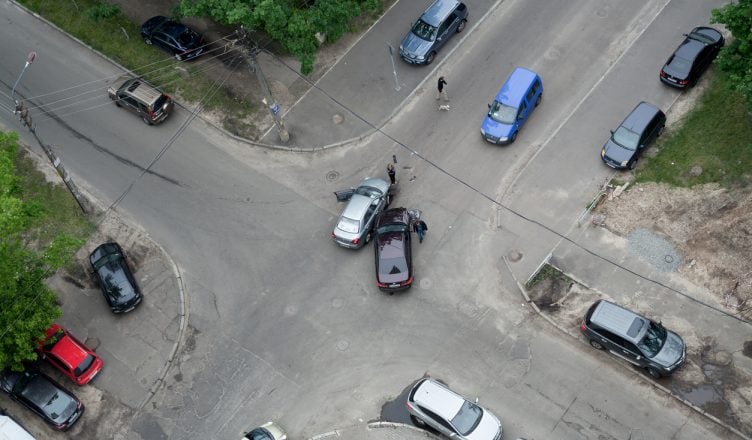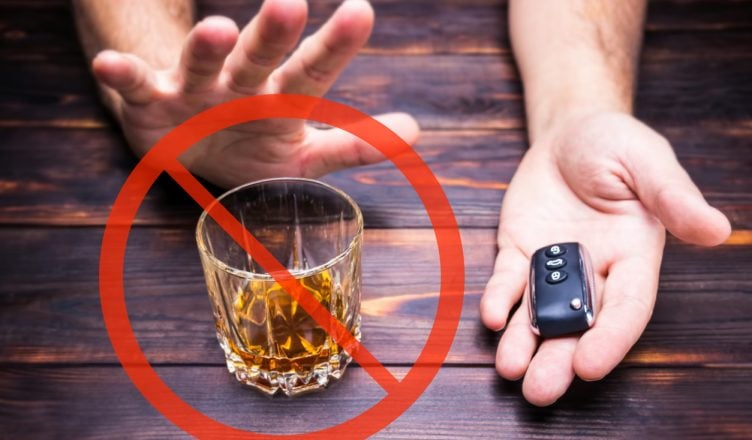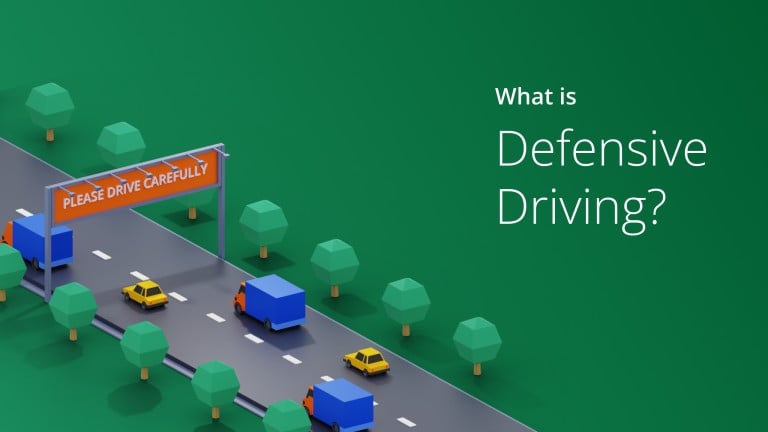The defensive driving definition is simple. Defensive driving is a driving style that utilizes safe driving techniques and tactics to avoid collisions and road mishaps.
There are other benefits of defensive driving, such as better fuel economy and less strain on your vehicle.
But, it is not easy to be a good driver.
Even after driving for years, you might still be unsure whether your behind-the-wheel skills are up to snuff.
It is even harder to be a defensive driver!
To practice defensive driving, you must understand that other drivers might make mistakes and engage in aggressive driving, resulting in crashes. To avoid these crashes, you have to be prepared to handle the other drivers’ mistakes.
For instance, when you approach an intersection, you cannot take your eyes off the other cars, expecting them to stop for their red light signal, even if you have the green light.
Also, when you are driving through an intersection and see pedestrians, you cannot assume that they will see you coming and stop if they are looking at their phones.
When pedestrians or other drivers look at their phones, they cannot scan, identify, and avoid potential hazards.
So, you must ultimately be vigilant and commit to driving defensively to protect yourself from bad drivers.
Table of Contents
Elements of Defensive Driving
The basic elements of defensive driving in Texas or in any state or city are the following:
- Space: Keep a safe distance between your vehicle and the car in front. This will give you time to react and reduce your risk of getting injured when a collision occurs in front of you or beside you.
- Visibility: When changing lanes, keep an eye on your mirrors to ensure that there is nobody in your blind spot. You must also be careful of driving in other drivers’ blind spots to help them avoid crashing into you.
- Communication: Always use turn signals to communicate your intent to merge or change lanes. Also, respect other drivers when they signal and allow them to turn, change lanes, and merge safely.

Defensive Driving Techniques
Awareness and proactiveness are key to defensive driving.
To avoid accidents, a defensive driver should always pay attention to the actions of the other drivers. Anticipating hazards and always looking 10 seconds ahead will give you time to react and help reduce collisions.
Learn how to avoid a car accident before it happens.
Here are more ways you can become a defensive driver and stay safe on the roads.
Do Not Assume or Trust Anyone or Anything
When you are on the road, you are never entirely by yourself, and you are susceptible to the actions of the other drivers. Still, most drivers’ biggest mistake is trusting other drivers to be as careful on the roads as they are.
For instance, just because the car in front of you indicates right does not mean that it will actually turn right.
Unless you can physically see the vehicle turning, do not presume. Also, drivers are sometimes unaware if their indicators or on.
So, you can reduce the risk of a collision by expecting others to make mistakes while you stay conscious enough to react appropriately.
Your safety is your responsibility, and the less you assume, the safer you will be. It is the basic principle of defensive driving.
Want To See For Yourself How Route4Me Can Boost Your Profits?

When Feeling Unsafe, Pull Over
If the driver behind you engages in road rage or another unsafe practice, pull over and let them pass.
Never put yourself in a risky situation.
You cannot control what other drivers do, but you can keep yourself as safe as possible behind the wheel.
Never get drawn into aggressive driving practices, such as overtaking or tailgating.
Such unsafe driving practices only increase the risk of an accident. Defensive driving reduces (if not eliminates) the chance of you being in a collision.

Do Not Ever Drink and Drive
Even an over-the-counter flu medication can impair your judgment and increase your response time.
So, it is wise to assess your health honestly before deciding to drive.
The average body can only digest one drink per hour, roughly 12 ounces of beer, 5 ounces of wine, or 1.5 ounces of distilled spirits.
If you are under the influence of alcohol, stay away from the wheel.

Maintain a Safe Distance from Other Vehicles
To avoid a collision, you need to have ample room to react to risky situations.
The best way to do this is to maintain a safe distance from other vehicles.
This will also give you sufficient stopping distance if the driver in front of you applies their brakes suddenly.
For ideal driving conditions, allow at least three seconds of space between you and the car in front of you. In bad weather conditions, that distance should be increased.
Take a Defensive Driving Course
You could take a certified defensive driving course to learn safe driving practices in detail.
The course may vary from state to state because they are tailored for local traffic laws, but taking defensive driving classes will significantly improve your driving skills. You will feel more mindful about the driving-related risks.
The National Safety Council (NSC) offers defensive driving courses and has trained over 75 million drivers in all 50 states and globally. You can also take a defensive driving course online to stay safe in this pandemic.
Below are some of the popular defensive driving online courses you can opt for:
Frequently Asked Question(FAQ) about Defensive Driving
What Is the Meaning of Defensive Driving?
Conclusion about Defensive Driving
Better safe than sorry!
Practicing defensive driving is one of many ways to ensure driver safety.
If you start practicing the defensive driving tips mentioned above daily, they will become habits, and once defensive driving has become second nature, you will be a safe driver.
Do you have any questions about the best practices for defensive driving? Please feel free to leave your comments below.
Want To See For Yourself How Route4Me Can Boost Your Profits?

